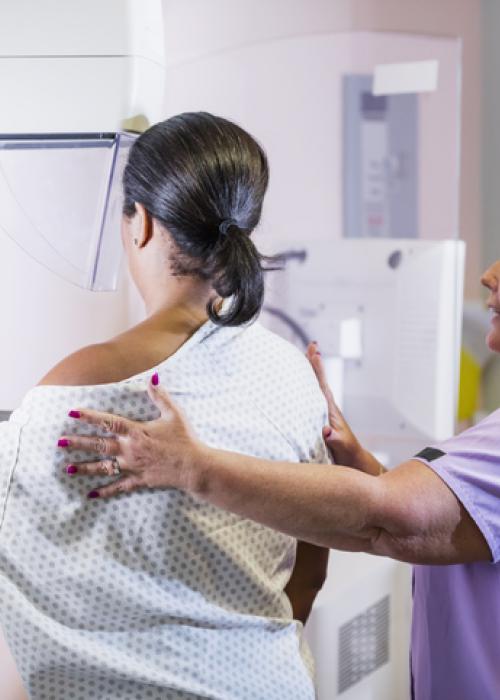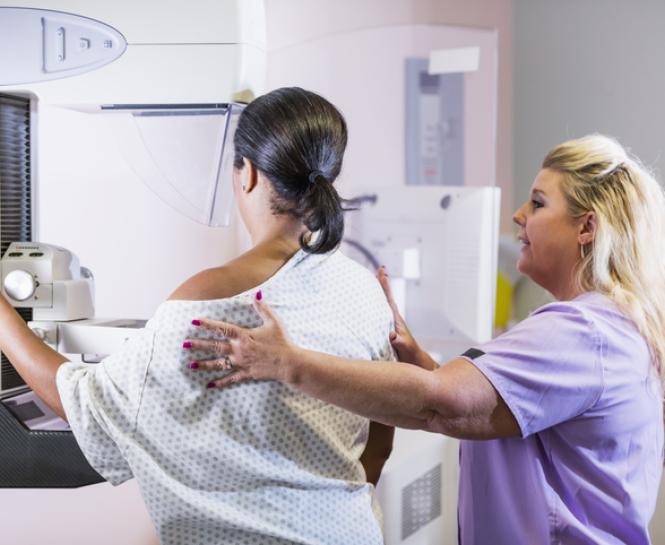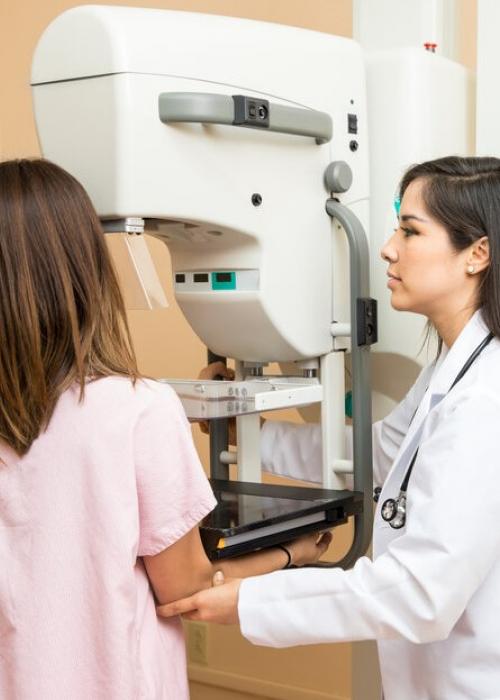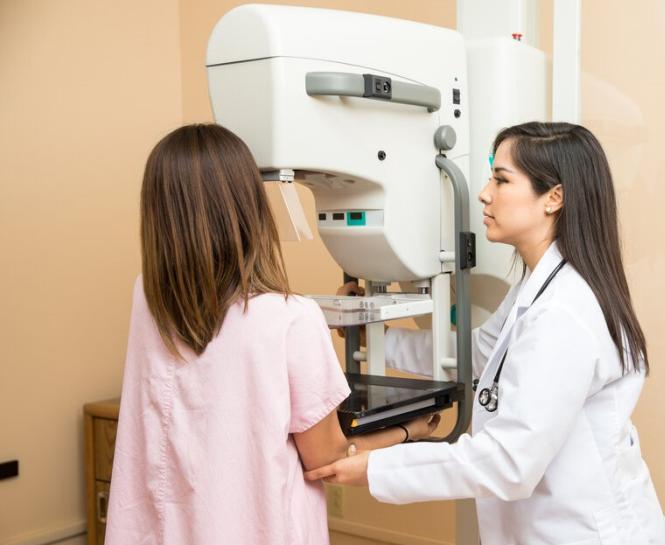Finding a lump in your breast or experiencing breast changes and pain can cause concern. You may immediately think you have breast cancer. In fact, noncancerous breast diseases commonly cause breast changes.
However, it is essential to talk to your doctor and get examined because certain types of breast disease increase the risk of breast cancer.
Fibroadenoma
Fibroadenomas occur when fibrous tissue and glandular tissue form a mass. They are the most common noncancerous (benign) breast tumors that typically appear in women in their 20s and 30s and shrink after menopause. They do not increase your risk of breast cancer.
You can have one or multiple fibroadenomas in one or both breasts. They can be detected on a mammogram or breast ultrasound, appearing round and smooth. Most fibroadenomas do not require treatment, but your doctor will recommend routine breast exams to monitor growth.
Breast Cysts
Breast cysts are noncancerous (benign) fluid-filled masses common in women between 35-50 years old. Breast cysts can appear on a mammogram as a lump in breast tissue in one or both breasts. You can have one or more cysts. They do not increase your risk of breast cancer.
Cysts can go away without treatment and can change with a menstrual cycle. Your doctor will discuss options like draining the cyst if you are experiencing breast pain and tenderness.
Hyperplasia
Hyperplasia is an accumulation of cells that line the milk glands or ducts in the breast. If a mammogram detects changes, your doctor will order a breast biopsy to diagnose if you have usual or atypical hyperplasia.
Usual hyperplasia shows cells that look close to normal and typically do not require treatment.
Atypical hyperplasia shows more abnormal cells and increases the risk of developing breast cancer. Your doctor may recommend surgery to remove the area with the abnormal cells. You will need routine breast exams to monitor any changes. Your doctor may also recommend medications and lifestyle changes to reduce the risk of developing cancer.
Mastitis
Mastitis is an inflammation of breast tissue caused by blocked milk ducts or an infection in the breast. Women who are breastfeeding are most commonly affected. Symptoms include breast pain, swelling, warmth and redness in the breast area.
Your doctor may recommend antibiotics and pain relievers for treatment. Mastitis does not increase your risk of breast cancer.
Breast papilloma
A breast papilloma is a noncancerous (benign) tumor that grows in the milk ducts of a breast, appearing as a small lump behind or near the nipple. A papilloma can also present as nipple discharge.
Although not cancerous, a papilloma may have atypical cells that increase your risk for breast cancer. Your doctor may recommend a biopsy to determine treatment options, including surgery, depending on the papilloma size and if you are experiencing pain.
Schedule your mammogram at Catholic Health
We offer convenient locations in Nassau and Suffolk counties.
- Good Samaritan University Hospital Women's Imaging Center (West Islip, NY)
- Bishop McGann Women’s Imaging Center at Mercy Hospital (Rockville Centre, NY)
- St. Catherine of Siena Diagnostic Imaging (Smithtown, NY)
- Siena Women’s Health Outpatient Diagnostic Pavilion (Smithtown, NY)
- St. Charles Hospital Radiology (Port Jefferson, NY)
- The Women’s Health Center of St. Francis Hospital & Heart Center® (Roslyn, NY)
Call 866-MY-LI-DOC (866-695-4362) to find a Catholic Health physician near you.







